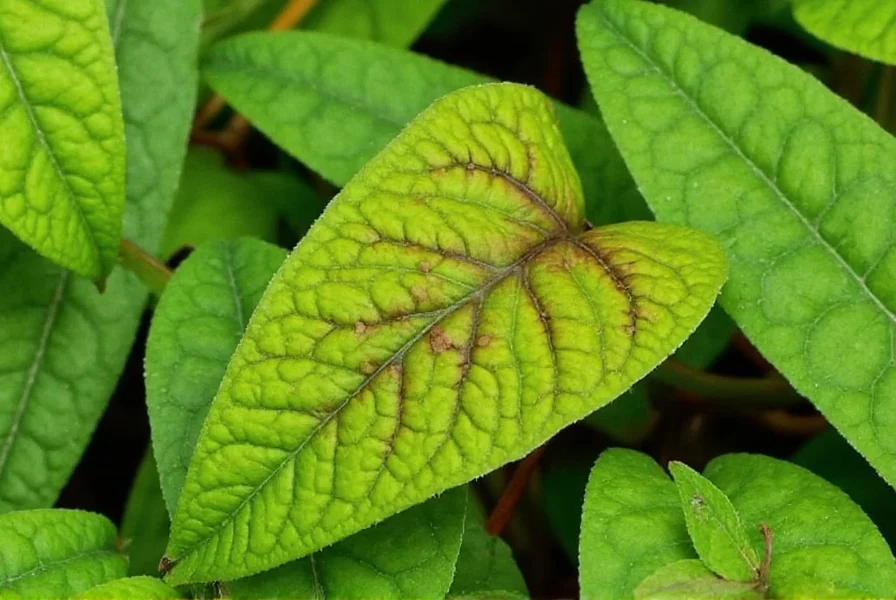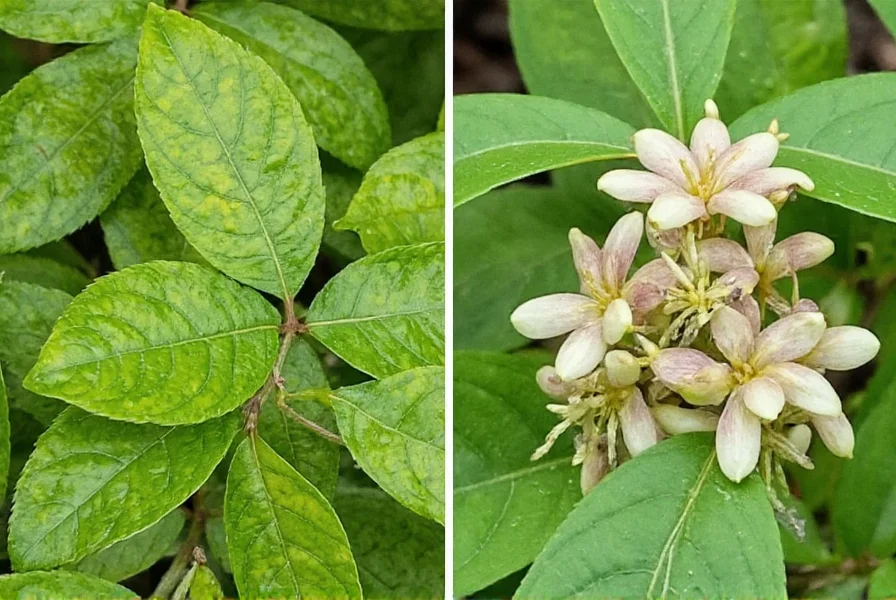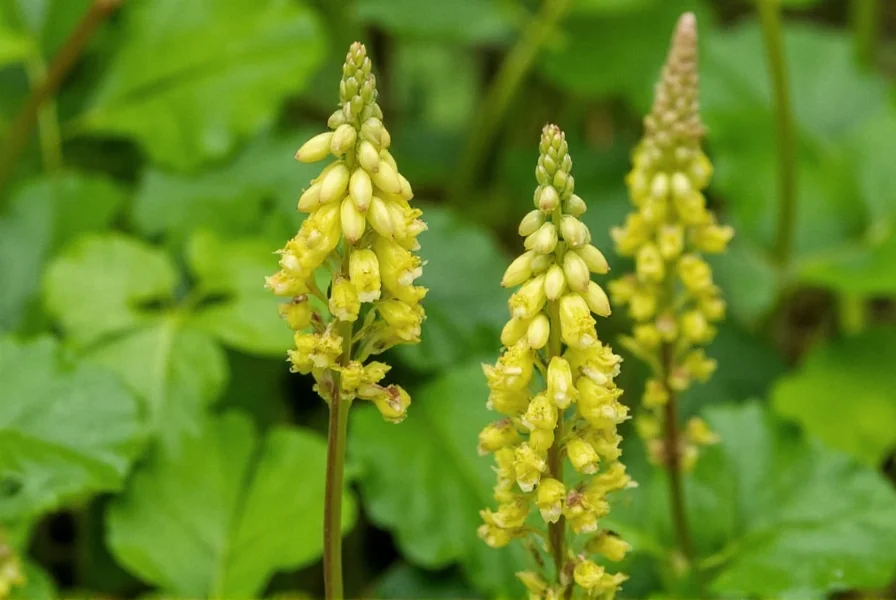Understanding canada wild ginger characteristics begins with proper botanical identification. Asarum canadense belongs to the birthwort family (Aristolochiaceae) and grows in rich, moist forest soils from Nova Scotia to Saskatchewan and south to Georgia and Texas. The plant typically reaches 4-8 inches in height with two large, velvety leaves emerging from the base. Its unusual flowers, hidden beneath the leaves, have a three-lobed structure and emit a faint odor that attracts pollinating insects.
Botanical Features of Canada Wild Ginger
When examining canada wild ginger identification tips, note these key features:
- Rhizomes: Creeping underground stems with a spicy, ginger-like scent when crushed
- Leaves: Heart-shaped, 3-6 inches wide, with a soft, hairy texture
- Flowers: Maroon to brown, bell-shaped, appearing in April-May before full leaf development
- Fruit: A fleshy capsule containing numerous seeds

Habitat and Growing Conditions
This shade-loving plant thrives in canada wild ginger natural habitat conditions: rich, well-drained woodland soils with high organic matter. It forms dense colonies through rhizome spread, creating attractive ground cover in forest ecosystems. Unlike true ginger, which requires tropical conditions, Asarum canadense is cold-hardy to USDA zone 3 and prefers partial to full shade.
| Characteristic | Canada Wild Ginger | True Culinary Ginger |
|---|---|---|
| Scientific Name | Asarum canadense | Zingiber officinale |
| Native Range | Eastern North America | Southeast Asia |
| Hardiness | USDA Zones 3-8 | Tropical only |
| Edible Parts | Rhizomes (limited use) | Rhizomes |
| Family | Aristolochiaceae | Zingiberaceae |
Edibility and Traditional Uses
Many search for is canada wild ginger edible information, but caution is essential. While Indigenous peoples historically used small amounts of the rhizome as a spice substitute or medicinal remedy, modern understanding reveals important considerations. The plant contains aristolochic acids, compounds now known to be potentially harmful with regular consumption.
Traditional applications included:
- Minor culinary use as a ginger substitute in small quantities
- Medicinal preparations for digestive issues
- External applications for wound treatment
Today, most experts recommend against consuming canada wild ginger due to potential health risks, though it remains valuable as a native landscape plant.
Identification Safety and Look-Alikes
Proper canada wild ginger vs poison ivy identification is crucial, especially in early spring when both emerge. While wild ginger has two rounded leaves per stem, poison ivy displays three leaflets. The rhizome's distinctive ginger aroma helps confirm identification, but never rely solely on scent.
Other plants sometimes confused with wild ginger include:
- Mitrewort (Mitella diphylla) - similar habitat but different flower structure
- Virginia creeper seedlings - can resemble young ginger leaves
- Certain fern species in early growth stages

Conservation and Cultivation
Though not federally endangered, canada wild ginger conservation status varies by region. It's listed as threatened in some states due to habitat loss. When harvesting wild specimens, always follow ethical foraging principles and check local regulations.
Gardeners seeking growing canada wild ginger in home gardens should note these requirements:
- Shaded woodland setting mimicking natural habitat
- Moist, humus-rich soil with good drainage
- Patience, as plants establish slowly from rhizome divisions
- Avoidance of chemical fertilizers that disrupt woodland ecology
As a native plant, canada wild ginger supports local ecosystems by providing early-season nectar for insects and helping maintain forest floor biodiversity. Its dense growth habit also prevents soil erosion in shaded areas where few other plants thrive.
Frequently Asked Questions
Is Canada wild ginger actually related to culinary ginger?
No, Canada wild ginger (Asarum canadense) belongs to the birthwort family (Aristolochiaceae) and is not botanically related to true ginger (Zingiber officinale) from the ginger family (Zingiberaceae). The name comes from the similar aroma of its rhizomes, but they are completely different plant species with different properties.
Can you eat Canada wild ginger safely?
While Indigenous peoples historically used small amounts medicinally or as a spice substitute, modern research shows Canada wild ginger contains aristolochic acids, which can be harmful with regular consumption. Most experts today recommend against eating it due to potential kidney and other health concerns.
How do you identify Canada wild ginger in the forest?
Look for heart-shaped leaves growing in pairs from a central stem, typically 4-8 inches tall. The maroon-brown, bell-shaped flowers grow close to the ground in early spring. Crush a small piece of the rhizome to check for the characteristic ginger-like aroma. Always distinguish it from poison ivy, which has three leaflets rather than two heart-shaped leaves.
Is Canada wild ginger endangered?
Canada wild ginger is not federally endangered but has conservation status variations by region. It's listed as threatened in some states like Florida and Massachusetts due to habitat loss. In many areas, it remains common in appropriate woodland habitats but should be harvested responsibly if at all.
Can I grow Canada wild ginger in my garden?
Yes, Canada wild ginger makes an excellent native ground cover for shaded gardens. It requires rich, moist soil with high organic matter in partial to full shade. Plant rhizome divisions in fall or early spring, keeping soil consistently moist during establishment. It spreads slowly to form attractive colonies that help prevent erosion in woodland garden settings.











 浙公网安备
33010002000092号
浙公网安备
33010002000092号 浙B2-20120091-4
浙B2-20120091-4